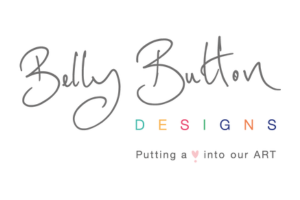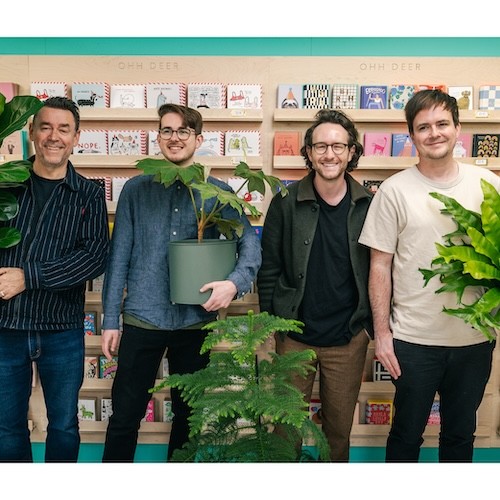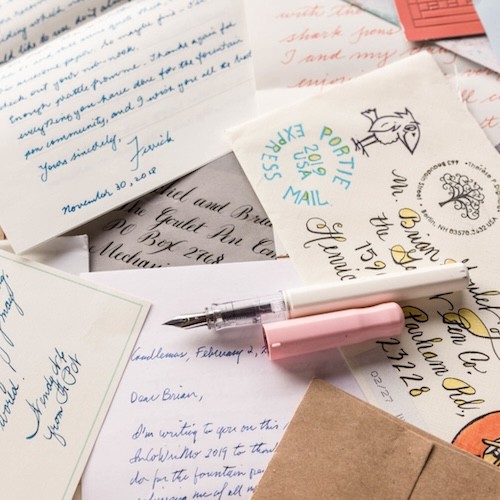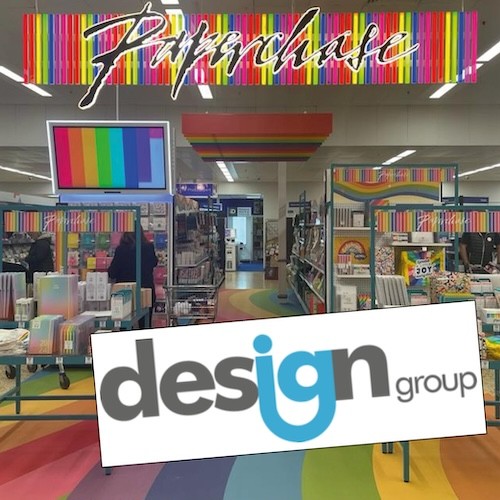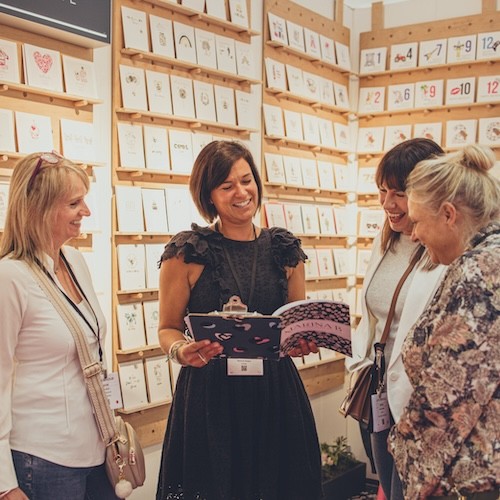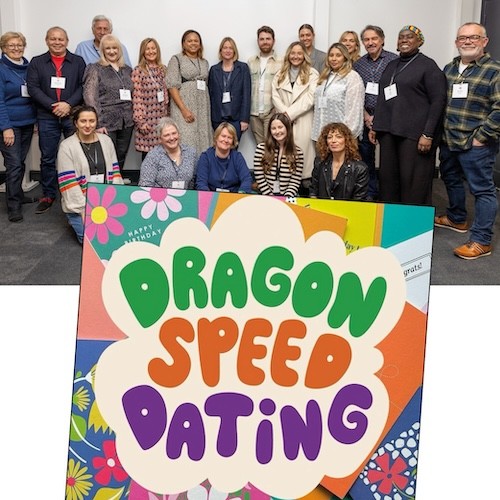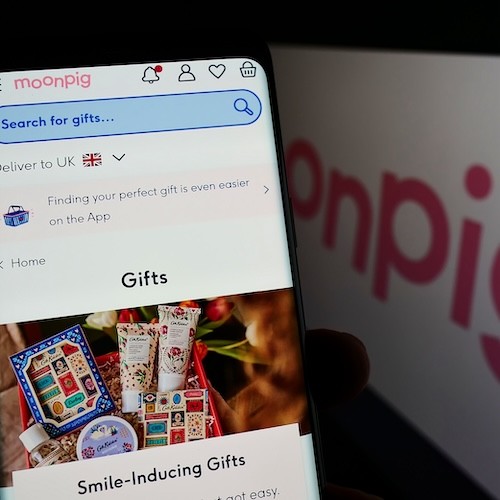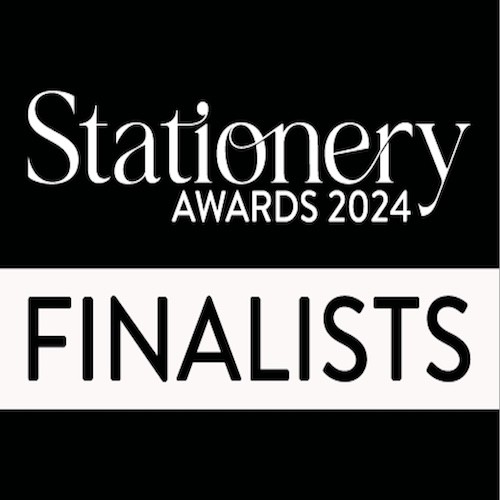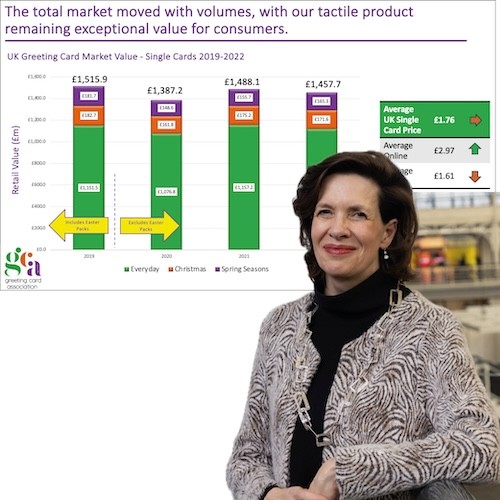There is further proof that writing greeting cards is good for the brain.
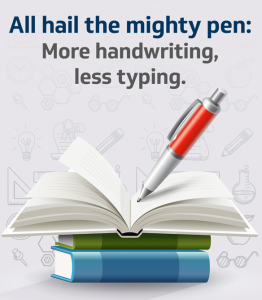
Tapping away on a keyboard may feel like the most efficient way to write but recent research shows that handwriting is better for the brain. Handwriting improves memory retention, is less distracting than using a laptop and improves hand to eye co-ordination.
Pen company, National Pen has just shared research findings that show how the pen is much better than using a laptop for stimulating positive brain activity.
The company has created an attractive infographic which illustrates the findings from various respected research projects.
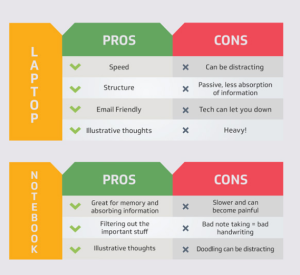
One study tracked how students taking notes on a keyboard were less able to recall information and answer less conceptual questions about their lecture when compared to students using long-hand. Those that typed generated more words than those writing longhand, however writing involves editing information and therefore encourages the memory.
Our brains all share a similar ‘reading circuit’ that is not activated when we type or trace letters. However when we write, this circuit is triggered. MRI scans have shown how more areas of the brain are used when we write which has been linked to positive development of brain function in young children.
The activity from National Pen comes hot on the heels of a Omnibus survey commissioned by Clintons the results of which claims that handwritten notes provoke at least double the level of excitement when compared to other forms of text-based communication such as emails, texts and social media posts. Online messages fare the worst, according to Clintons’ findings, with almost half (49%) ranking Tweets and Facebook messages as the least exciting medium to receive greetings.
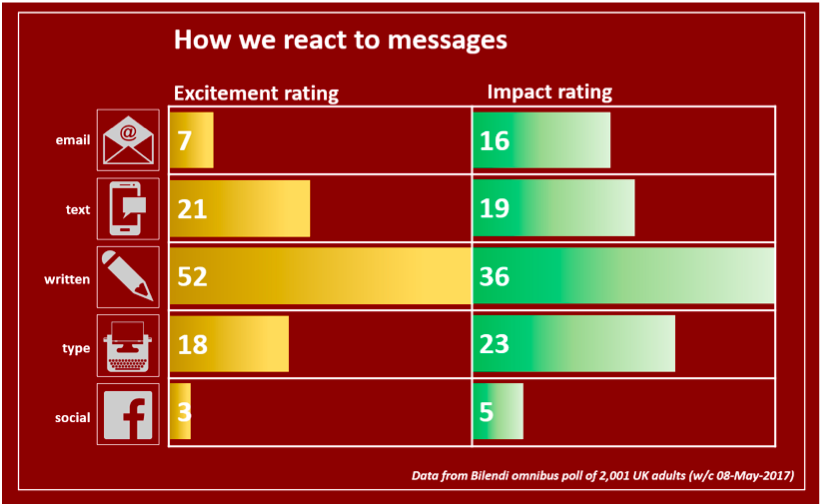
Written notes also prompt the greatest level of engagement with 53% of respondents claiming they are most likely to read handwritten messages in full, with the percentage rising to 61% for those over 65 years of age.
By contrast, the vast majority of people will just scan messages received via social media with only 8% likely to read them in full.
Tim Fairs, VP of marketing at Clintons said: “Interestingly, there is a direct correlation between the ease of sending a message and the impact it has. In a world where email inboxes and mobile devices are brimming with unread messages, a physical handwritten note can leave a significant impression.”
Whilst handwritten messages cause the greatest satisfaction regardless of gender, women respond more favourably, with 50% saying a positive handwritten note makes them feel “very happy”, compared to 30% of men.
A straw poll of UK adults suggests that most of us have stored between 1,000 and 5,000 unread digital messages across email and text inboxes, instant messaging apps and social networks.









